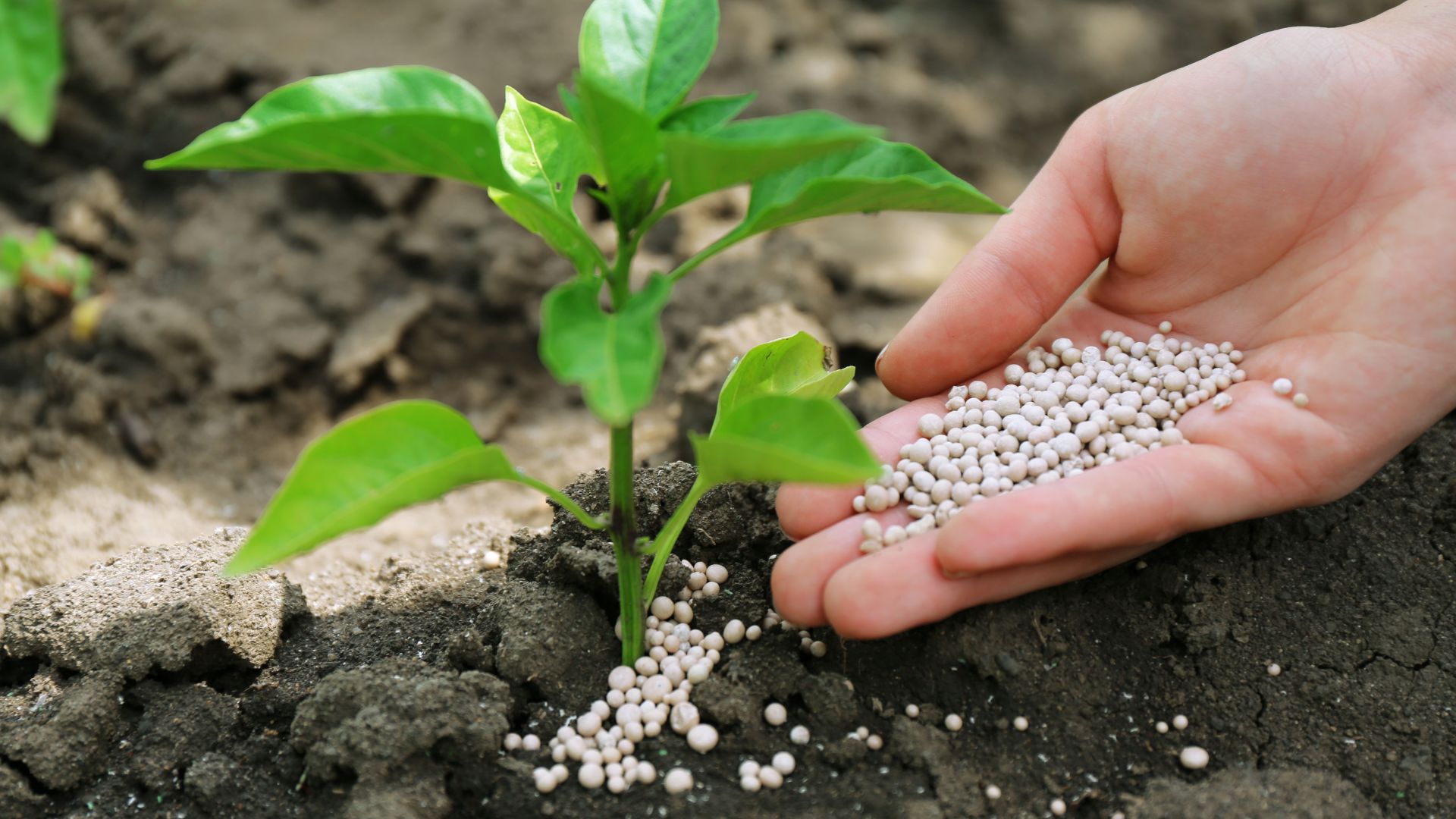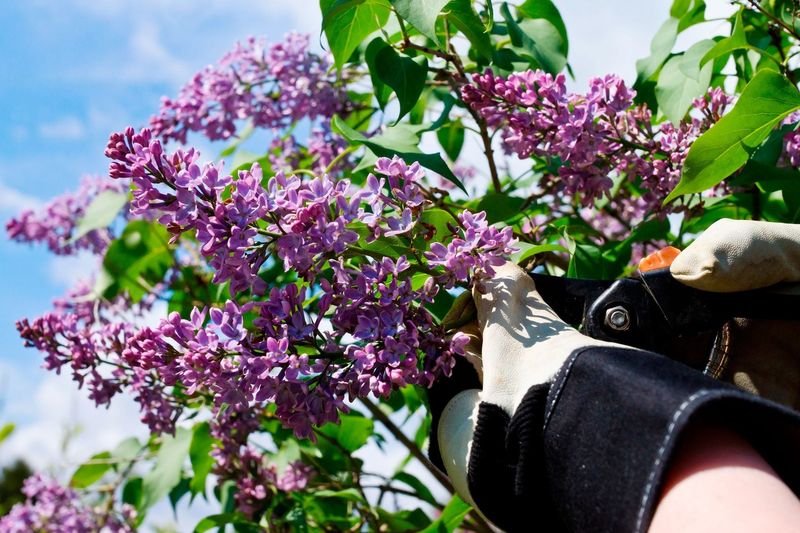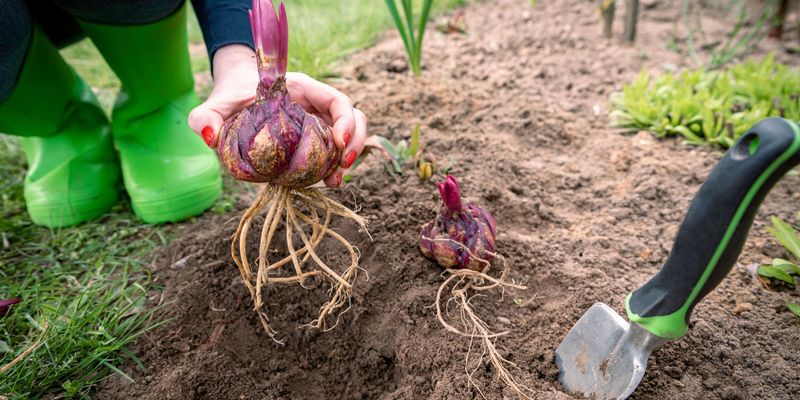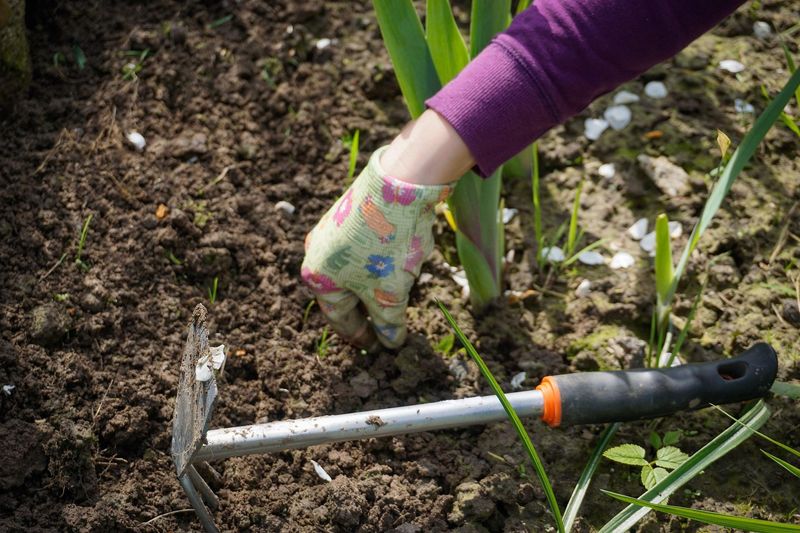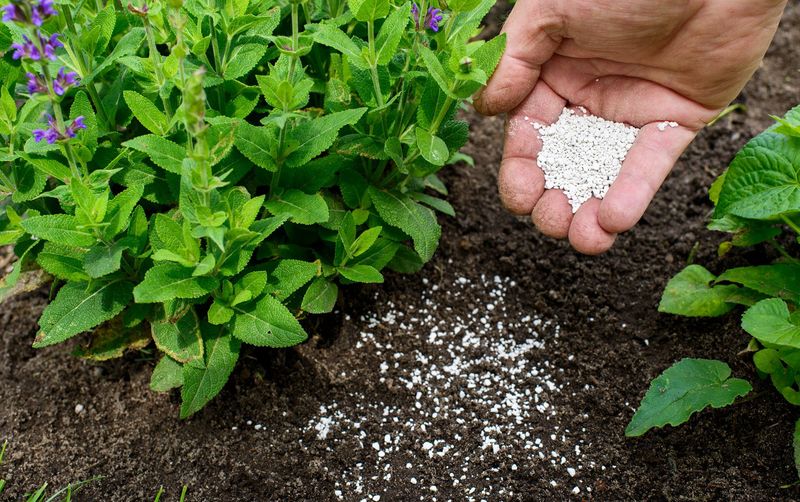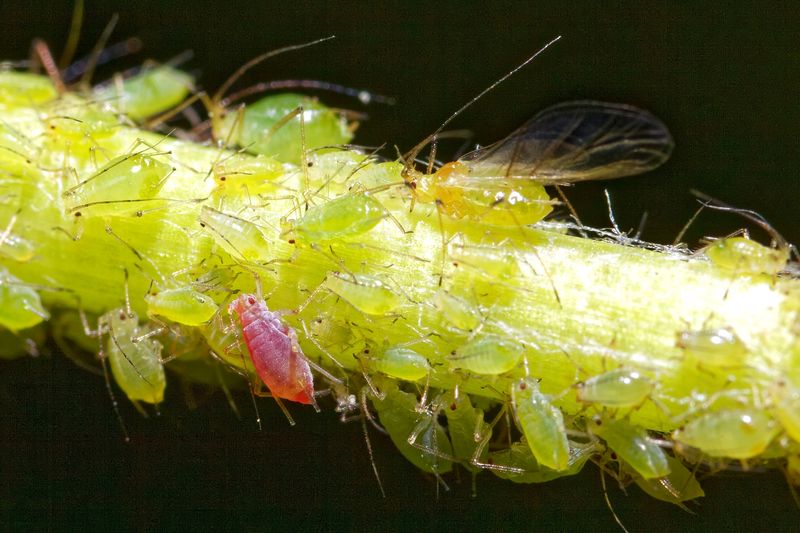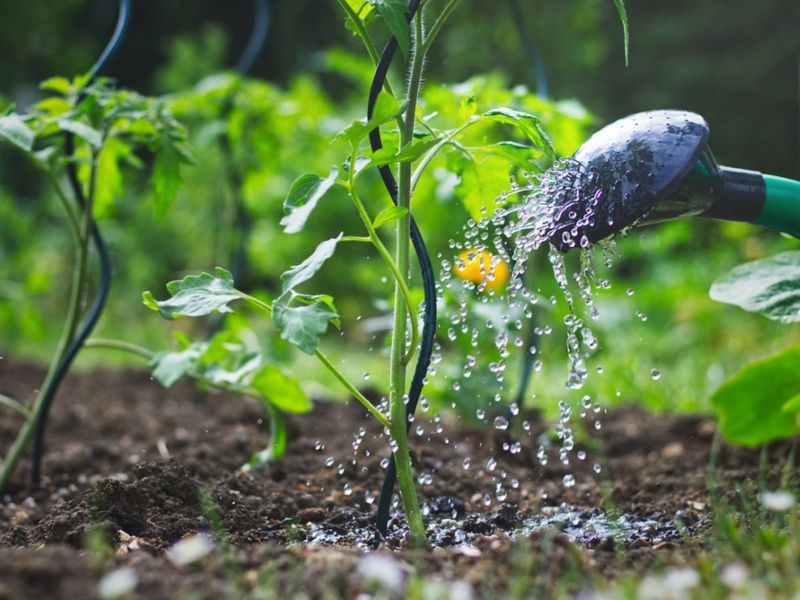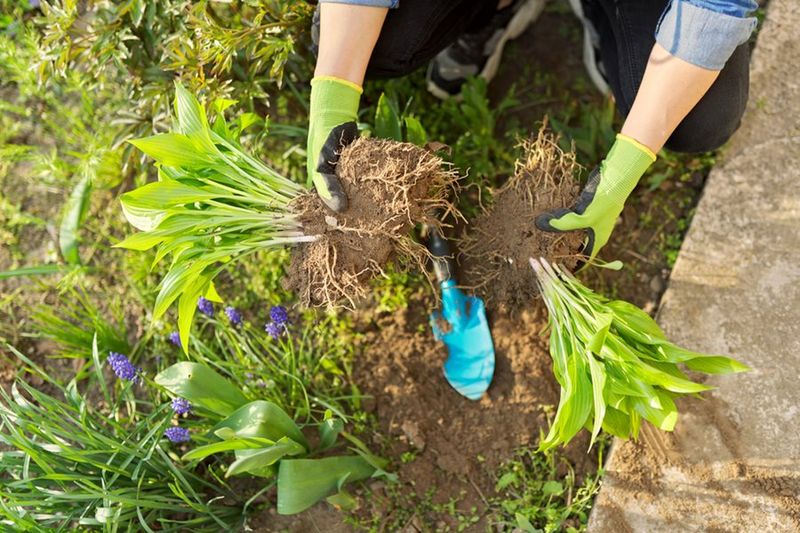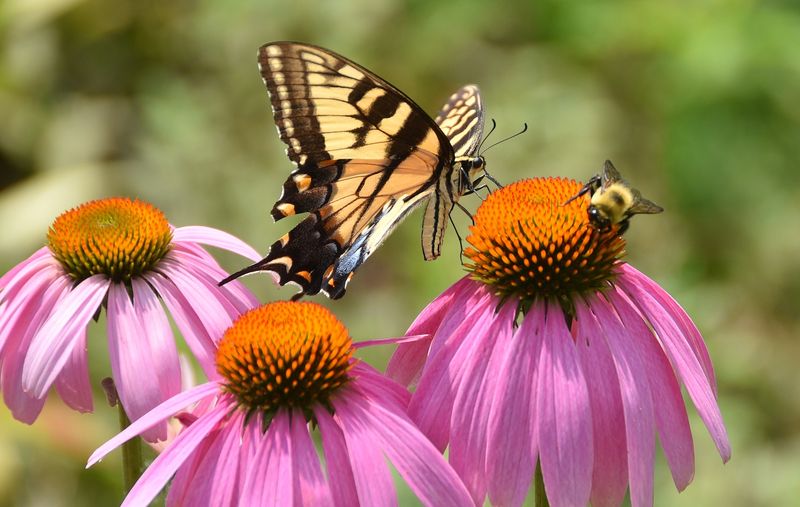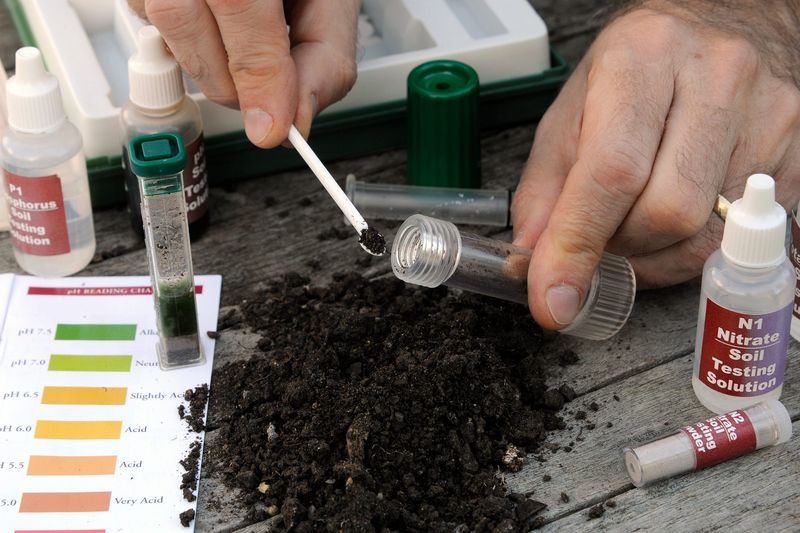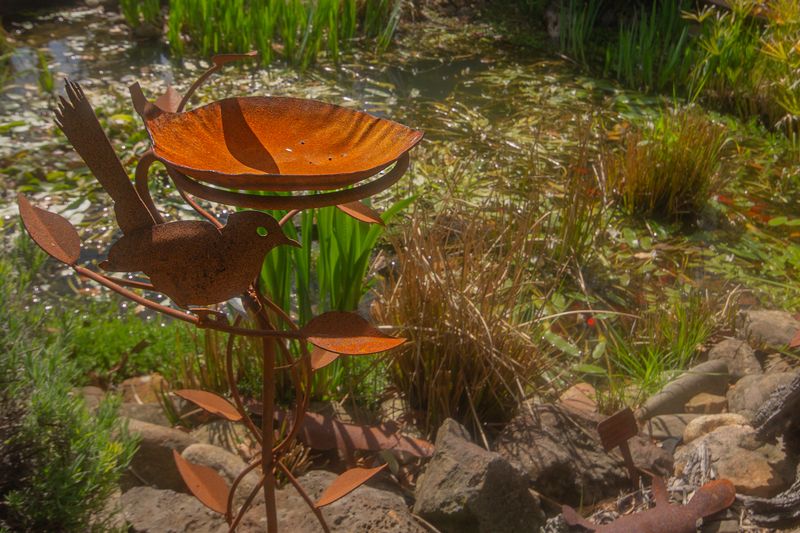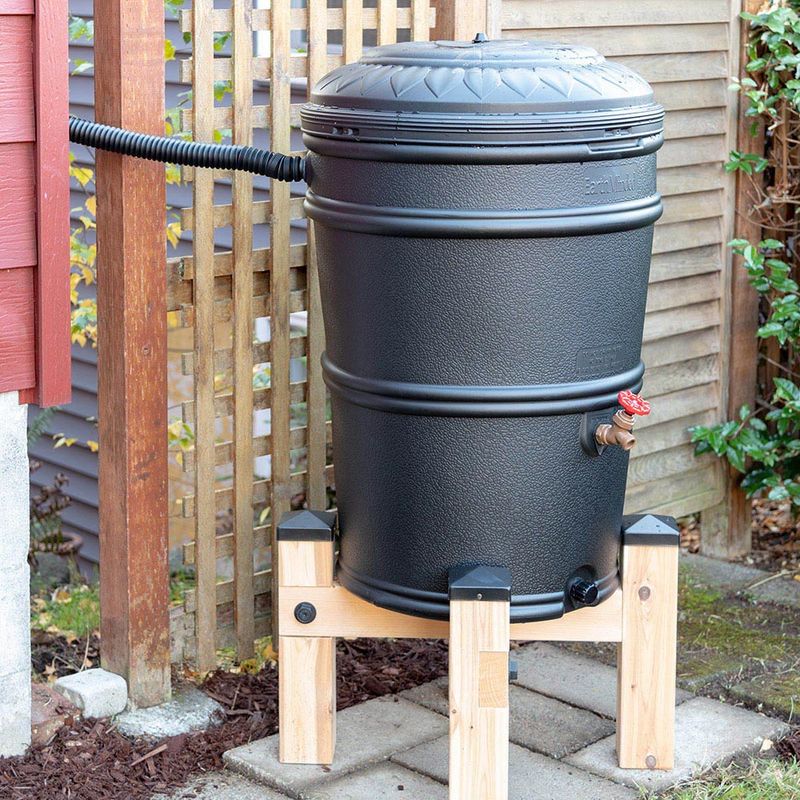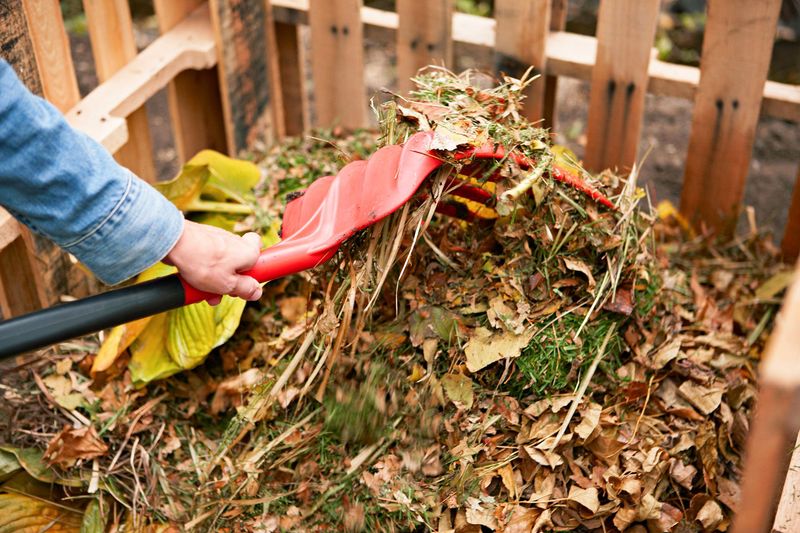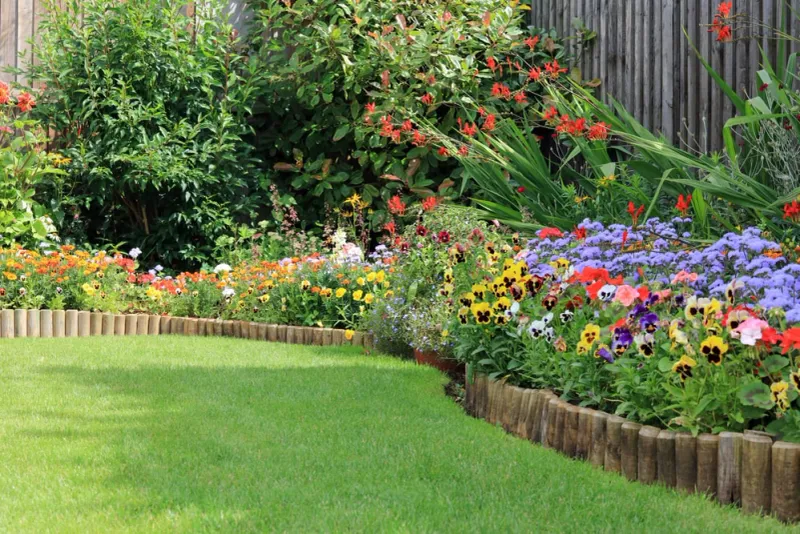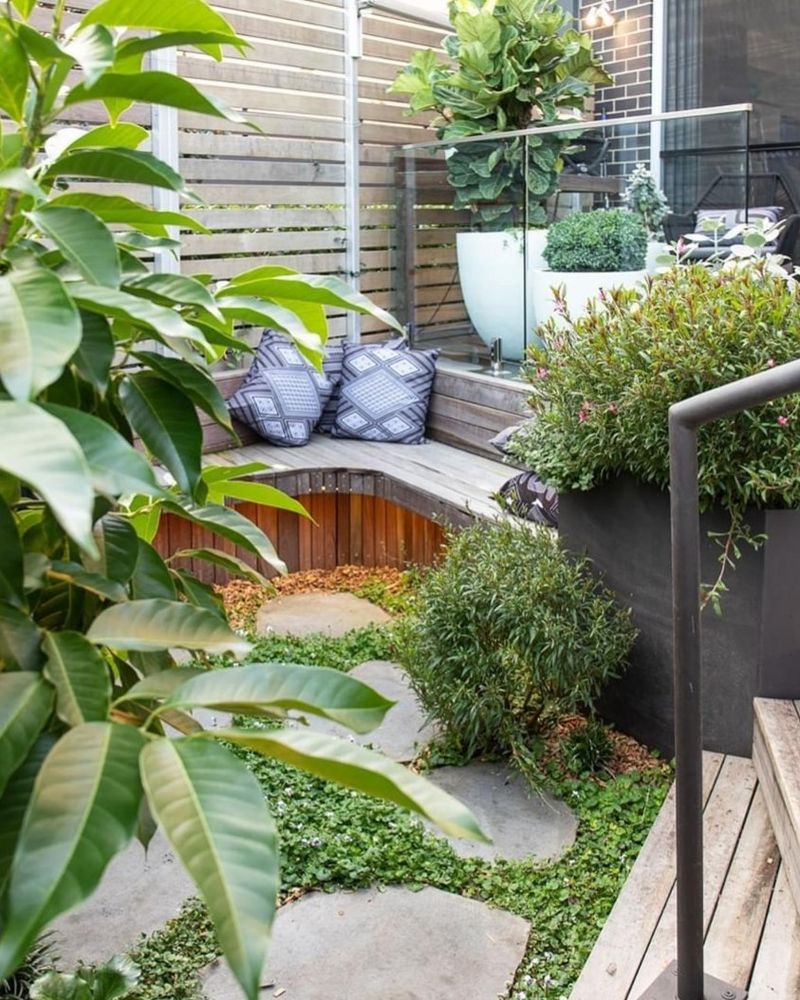May is such an exciting month in the garden—it’s like everything suddenly wakes up and starts moving fast. It’s one of those times where you really feel connected to the rhythm of the seasons, and it’s the perfect window to set things up for a thriving summer garden.
Whether you’re just starting out with a few pots on the balcony or you’ve got a full backyard setup, May doesn’t have to feel overwhelming. A few smart choices now can make a huge difference later.
I’ve pulled together some of the most practical tips that I use every spring. Nothing fussy or over-complicated—just helpful advice you can actually use. Let’s give your garden the best head start possible.
1. Prune Spring-Blooming Shrubs
May is the time to prune spring-blooming shrubs like lilacs and forsythias. After their pretty display, they need a good trim to promote healthy growth and abundant blooms next year. Grab your pruning shears and target dead or spent flowers to encourage new shoots.
Be careful not to cut too much foliage, as these shrubs rely on their leafy growth for photosynthesis. Removing too many leaves can stunt their development and reduce flowering potential. Keep an eye on the shape, aiming for a balanced form.
Consider this task as an opportunity to get up close with your plants, understanding their structure and needs. This hands-on approach will enhance your connection with the garden, making it more than just a chore.
2. Plant Summer Bulbs
With May in full swing, it’s time to plant summer bulbs like dahlias and gladiolus. These flowers will bring color to your garden as the season progresses. Choose a sunny spot with well-draining soil to give your bulbs the best start.
Digging holes at the right depth is crucial; too shallow and bulbs may dry out, too deep and they won’t bloom. Follow the planting instructions for each type and cover them gently with soil. Water thoroughly to set them in place.
These bulbs also offer a chance for experimentation. Try different varieties and arrangements, adding a personal touch to your garden’s design.
3. Control Weeds Before They Seed
Weeds are a gardener’s nemesis, and May is the perfect time to tackle them before they seed. Removing them early prevents new generations from taking over your precious garden space. Grab a hoe or hand trowel and dig them out at the root.
Regular weeding sessions also allow you to inspect your plants for pests or diseases. This mindful practice keeps your garden healthy and thriving. It’s not just about control; it’s about balance.
Consider using mulch to suppress weed growth further. This simple addition can save time and effort, allowing you to focus on nurturing your plants instead of fighting weeds.
4. Fertilize Your Plants
Fertilizing in May gives your plants the nutrients they need for vigorous growth. With the growing season in full swing, a balanced fertilizer will support root development and flowering. Organic options like compost or fish emulsion are great choices for eco-friendly gardening.
Apply fertilizer in the early morning or late afternoon to prevent sun scorch. Make sure to follow the instructions carefully to avoid over-fertilizing, which can harm your plants.
Taking the time to feed your garden will pay off in blooms and bountiful harvests. It’s a small investment that reaps big rewards, ensuring your plants have everything they need to flourish.
5. Watch For Pests
As temperatures rise, so does pest activity. May is a critical time to monitor your plants for signs of aphids, slugs, and other common garden pests. Regular inspections can prevent infestations from getting out of hand.
Look for holes in leaves, sticky residue, or even the pests themselves. Hand-picking or using organic insecticides can keep these invaders at bay. Remember, early detection is key to maintaining a healthy garden.
Pest control doesn’t have to be a daunting task. Think of it as part of your daily garden routine, a chance to bond with your plants and ensure their well-being.
6. Water Wisely
Watering is essential, but overwatering can lead to root rot. In May, as the weather warms up, it’s important to water wisely. Early morning is the best time, reducing evaporation and giving plants a full day to absorb moisture.
Focus on the base of the plants rather than leaves to prevent fungal diseases. Drip irrigation systems or soaker hoses can be excellent investments for efficient watering.
Conserving water is not only good for your garden but also the environment. By being mindful of your watering practices, you contribute to sustainability while keeping your garden nice and healthy.
7. Support Your Climbers
Climbing plants such as peas, beans, and clematis need support as they grow. May is the ideal time to set up trellises or stakes to guide their upward journey.
Providing support early prevents damage to stems and encourages healthy growth. It’s a simple task that greatly impacts the structure and yield of your plants.
Think of it as giving your plants a helping hand. Not only does it improve appearance, but it also makes harvesting easier. Invest in sturdy materials to ensure they withstand the weight and weather, keeping your climbers in check all season long.
8. Divide Perennials
Dividing perennials in May revitalizes these plants and prevents overcrowding. It’s a great way to propagate favorites like daylilies or hostas, creating new plants for free.
Use a sharp spade or knife to split the root ball, ensuring each section has healthy roots and shoots. Replant them in well-prepared soil, giving them space to spread and thrive.
This practice rejuvenates older plants, boosting their vigor and blooms. It’s like hitting the refresh button on your garden, ensuring it remains pretty and full of life throughout the season.
9. Rotate Vegetable Crops
Crop rotation is a crucial gardening practice, especially in May. Rotating your vegetable crops prevents soil depletion and reduces pest buildup, ensuring healthier plants.
Plan your garden layout with diversity in mind. Avoid planting the same family of vegetables in the same spot each year. This practice breaks pest and disease cycles, promoting robust growth.
By varying your planting pattern, you enhance soil health and increase yields. It’s a sustainable approach that benefits your garden and the surrounding ecosystem. A little planning goes a long way in maintaining a productive vegetable garden.
10. Plant A Pollinator Garden
May is the perfect month to plant a pollinator garden, attracting bees, butterflies, and other beneficial insects. Choose a variety of native flowers that bloom at different times to ensure a constant food source.
Pollinators are essential for a healthy ecosystem, and your garden can play a vital role. Incorporate plants like lavender, coneflower, and milkweed to create a welcoming habitat.
Not only does a pollinator garden support biodiversity, but it also brings dynamic color and movement to your space. It’s a beautiful, rewarding project that contributes to environmental conservation.
11. Check Soil PH Levels
Understanding your soil’s pH level is vital for plant health. May is an excellent time to check and adjust it if necessary. Most plants prefer a pH between 6.0 and 7.5, but some may have specific needs.
Use a soil tester or DIY kit to measure your soil’s acidity or alkalinity. If adjustments are needed, amendments like lime or sulfur can help achieve the ideal balance.
Regularly monitoring soil pH ensures optimal nutrient availability, promoting growth and productivity. It’s a fundamental aspect of gardening that contributes to your plant’s overall well-being.
12. Add Garden Art
Garden art adds character and personal flair to your outdoor space. May is a great time to incorporate sculptures, wind chimes, or decorative planters into your garden.
Consider repurposing old items or creating DIY projects for a unique touch. Art blends creativity with nature, making your garden a reflection of your personality.
These artistic elements can create focal points or enhance existing features. They invite exploration and enjoyment, transforming your garden into a lively, engaging space.
13. Install A Rain Barrel
Installing a rain barrel in May is a sustainable step for water conservation. It collects rainwater from your roof, providing an eco-friendly source for garden irrigation.
Set it up near a downspout for easy access and use the collected water during dry spells. This practice reduces your water bill and environmental footprint.
A rain barrel is not only practical but also aligns your gardening with eco-conscious principles. It’s a simple addition that makes a significant impact, supporting a greener, more sustainable garden.
14. Start A Compost Pile
May is ideal for starting a compost pile, turning kitchen scraps and garden waste into nutrient-rich soil. Composting reduces waste while enhancing your garden’s fertility.
Layer greens like vegetable peels with browns like leaves or newspaper for balance. Turn the pile regularly to speed up decomposition and prevent odors.
Composting is a rewarding cycle, transforming waste into a valuable resource. It supports sustainable gardening practices, promoting healthy growth without chemical fertilizers.
15. Edge Your Garden Beds
Edging your garden beds in May enhances their appearance and defines boundaries. A well-edged bed keeps grass and weeds out, maintaining a tidy look.
Use a spade or half-moon edger to create clean lines, adding a polished touch to your landscape. This simple task can transform the overall layout and flow.
A crisp edge not only looks appealing but also simplifies maintenance. It acts as a visual guide, helping you focus on nurturing plants rather than battling invasive weeds.
16. Plan For Continuous Blooms
Strategically planting for continuous blooms ensures your garden remains beautiful all season. May is the time to assess your flower beds and fill in gaps with early, mid, and late-season bloomers.
Consider the timing of each plant’s flowering period and arrange accordingly. This planning results in dynamic color changes, keeping your garden lively.
Continuous blooms not only enhance visual appeal but also support local pollinators. It’s a thoughtful approach that celebrates the diversity of plant life, enriching your gardening experience.
17. Set Up A Relaxation Spot
Creating a relaxation spot in your garden allows you to enjoy the fruits of your labor. May is the perfect time to set up a cozy nook with seating where you can unwind.
Choose a spot with a pleasant view or soothing sounds like a water feature. Add comfortable furniture and perhaps a small table for your morning coffee or evening book.
This space becomes your garden retreat, a place to relax and reconnect with nature. It enhances your enjoyment, making your garden not just a labor of love but a sanctuary of peace.

